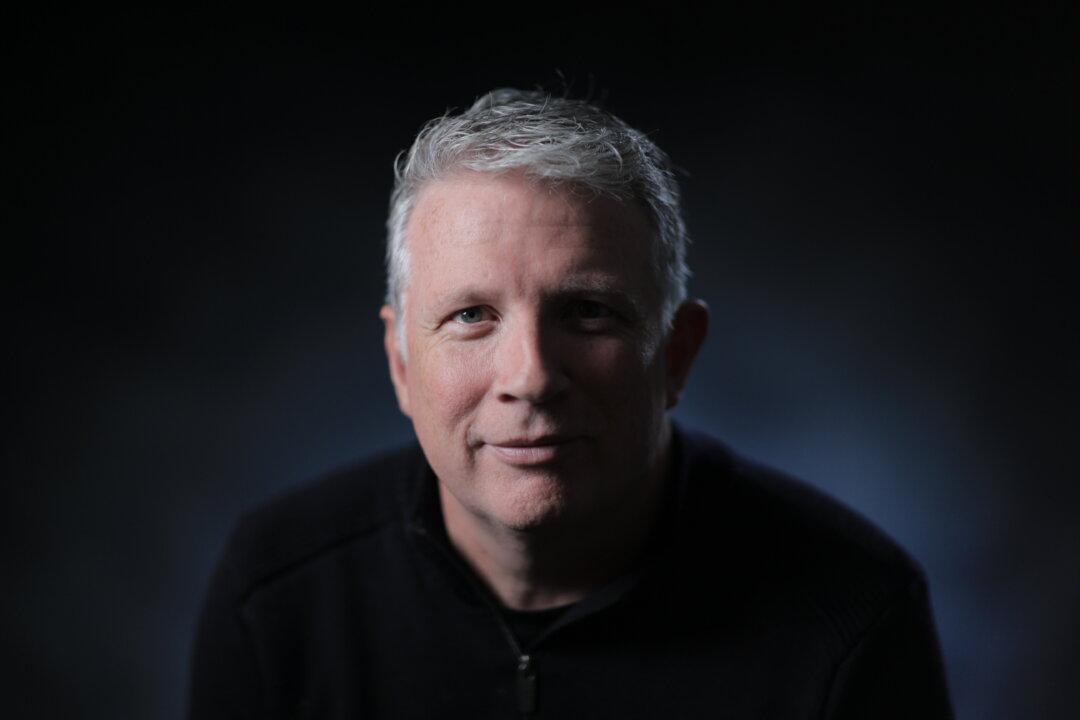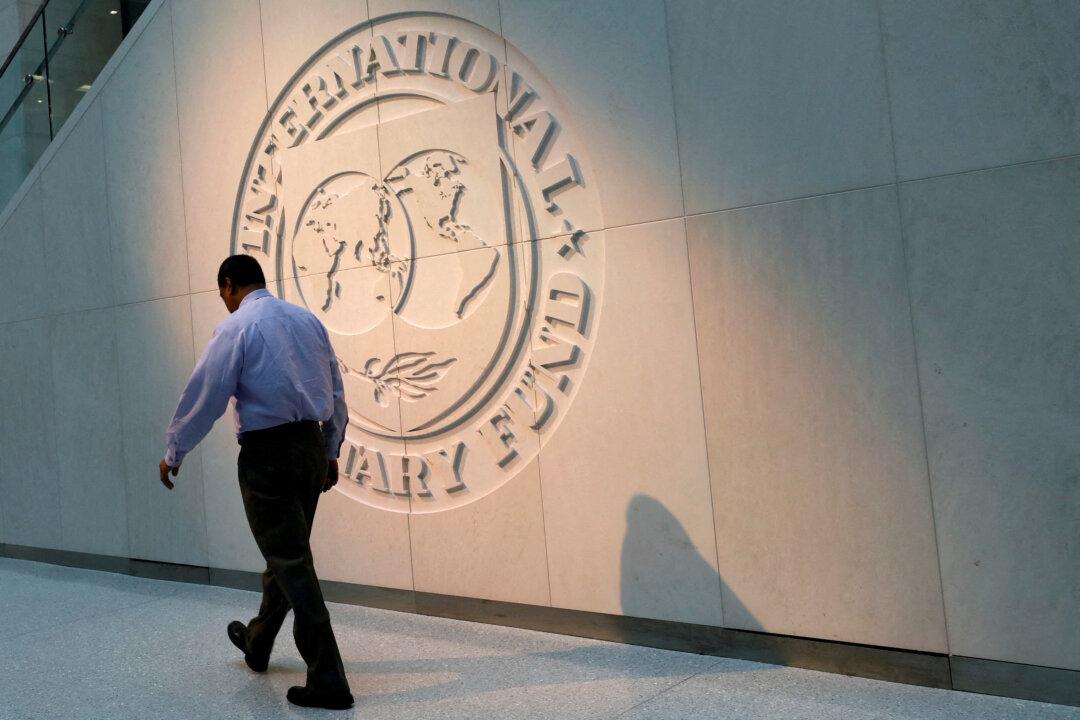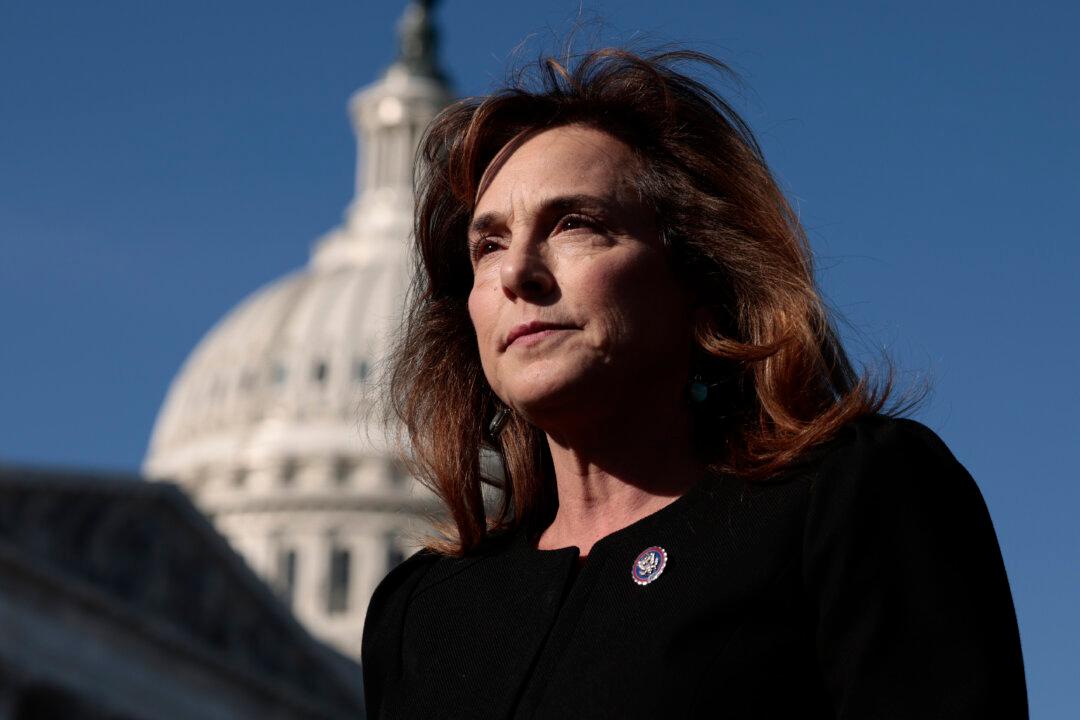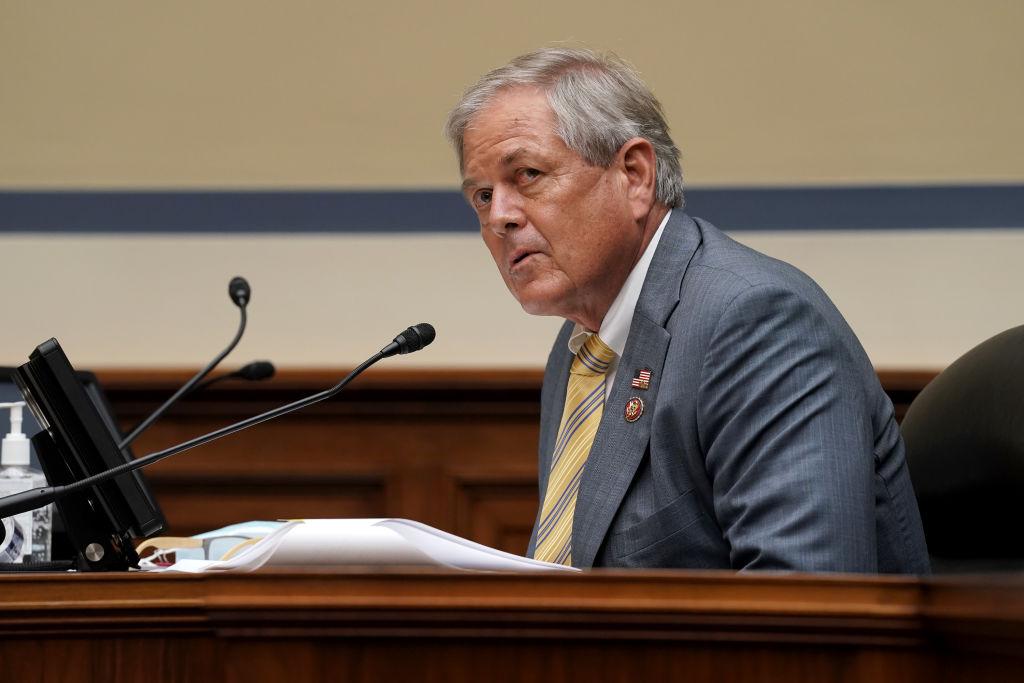In a viral exchange back in March, Sen. Elizabeth Warren (D-Mass.) grilled Federal Reserve Chair Jerome Powell over the unemployment caused by the Fed’s recent rate hiking cycle.
“Do you call laying off two million people this year not a ‘sharp’ increase?” the senator asked. “Explain that to the two million families who are going to be out of work.”




